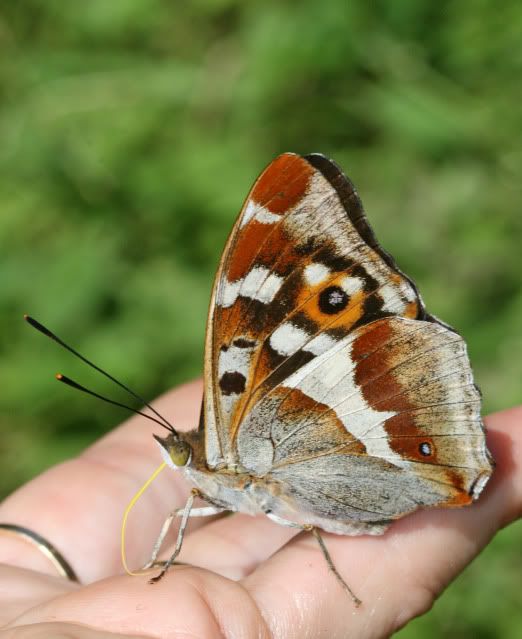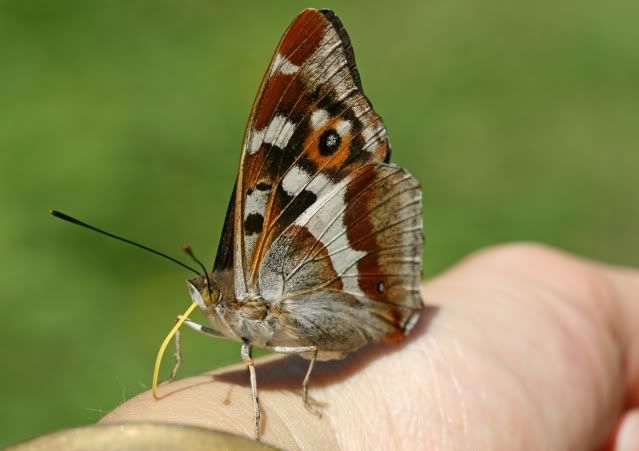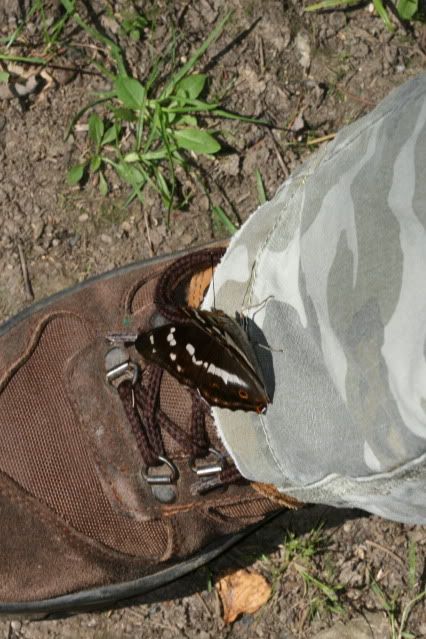Cheers
Sezar







Hi Pete,Pete Eeles wrote:Nice shots Nick. I've seen loads of SSB photos where the female has an unusual amount of blue on the forewings. I've been taking note of this phenomenon since Colin Baker sent me some photos from Cornwall several years ago where the female has massive amounts of blue on it - and yet this colony isn't regnognised in any literature that I've read. I've come to the conclusion that the subspecies distribution isn't as clear cut as some would suggest - it would be great if someone could do a study into this!NickB wrote:Went to Buxton Heath Norfolk this morning for SSB. Thanks to Angie for directions; exactly where you said they would be...and they were reasonably well-behaved since it remained overcast most of the time. (Didn't make taking pictures any easier - had to use higher ISO's and lower f-stops to achieve an acceptable speed). Cute little things!
...good work by everyone this month in this thread
N
Cheers,
- Pete
jackharr wrote:Good moth catch last night including this Swallow-tailed Moth.
Now to the more “serious” stuff – off to Fermyn Woods.
Jack



...and it was brilliant. At least a dozen Emperors and twice that number of White Admirals and Commas. One PE had a liking for Phil Bromley’s trousers. It ignored mine but maybe that says something about Phil’s trousers.Now to the more “serious” stuff – off to Fermyn Woods.

Reading in the literature, and having seen them in Buxton and the pictures posted here, with your excellent commentary, I tend to agree.Felix wrote:Hi Pete,Pete Eeles wrote:I've come to the conclusion that the subspecies distribution isn't as clear cut as some would suggest - it would be great if someone could do a study into this!NickB wrote:Went to Buxton Heath Norfolk this morning for SSB. N
- Pete
IMHO the split of uk Silver Studded Blue into four distinct subspecies is a little optimistic. ....
Argus and caernensis are surely the only two subspecies of the Silver Studded Blue in Britain, distinguished by their distinct size differences and flight periods.
It's certainly an interesting topic, and I am convinced that the usual splits are simply regurgitated in each new book/resource with the same list of vague differentiating characteristics without any research being carried out into whether these splits have any real foundation. The species is simply far too variable for criteria such as greater size and brighter blue in the male (for example) to be grounds for recognition as a distinct subspecies.
All the best for now...